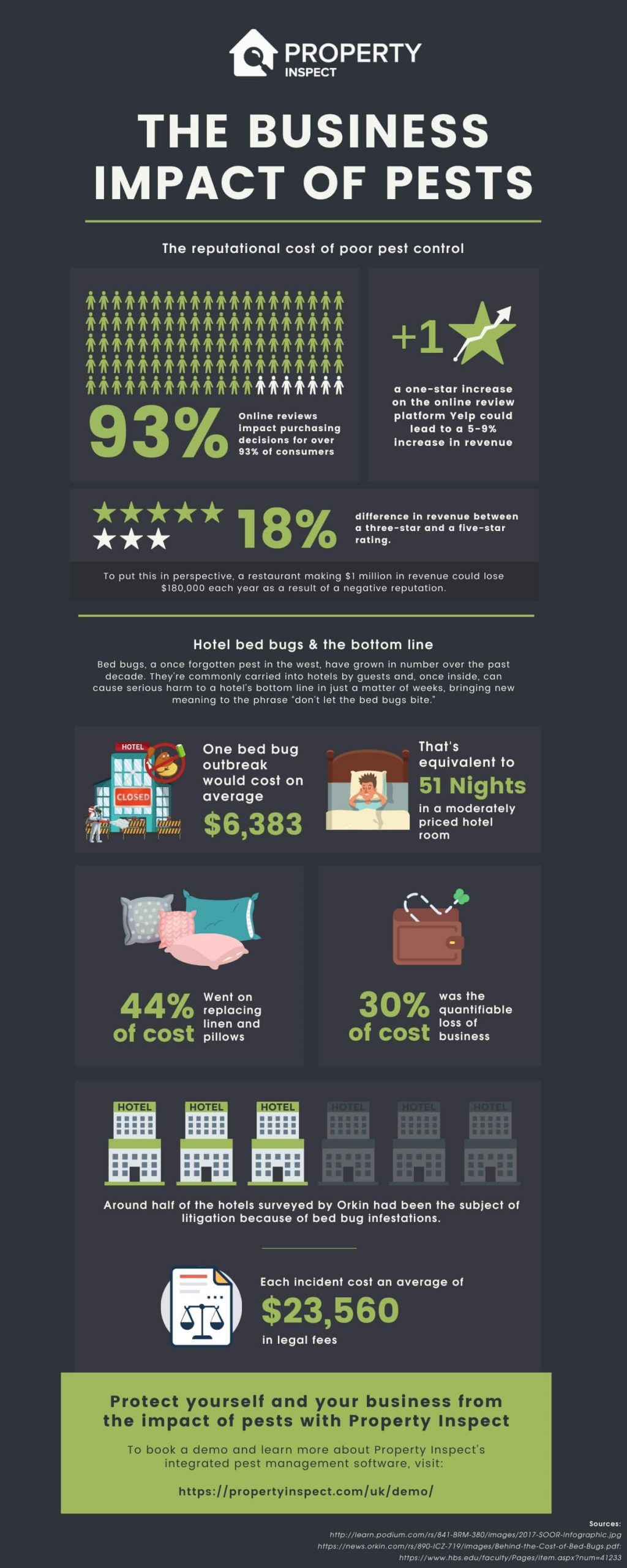Eco Bed Bug Exterminators Dc for Dummies
Table of ContentsEco Bed Bug Exterminators Dc Can Be Fun For EveryoneSome Known Details About Eco Bed Bug Exterminators Dc 6 Easy Facts About Eco Bed Bug Exterminators Dc DescribedThe smart Trick of Eco Bed Bug Exterminators Dc That Nobody is DiscussingThe Definitive Guide to Eco Bed Bug Exterminators Dc
Due to the fact that chemicals are toxic, they are also possibly unsafe to human beings, pets, various other microorganisms, and the atmosphere. As a result, people who utilize pesticides or consistently come in contact with them must recognize the loved one poisoning, prospective health and wellness impacts, and preventative steps to minimize direct exposure to the products they use. Danger, or danger, of making use of pesticides is the potential for injury, or the level of danger associated with utilizing a pesticide under an offered set of conditions.
Applicators can reduce or nearly get rid of exposure-- and hence decrease hazard-- by complying with the tag guidelines, using individual protective clothing and tools (PPE), and taking care of the pesticide effectively. As an example, greater than 95 percent of all pesticide direct exposures come from dermal direct exposure, mostly to the hands and forearms. By wearing a set of unlined, chemical-resistant gloves, this kind of direct exposure can be almost eliminated.
The hazardous results that happen from a single direct exposure by any type of course of entrance are described "acute impacts." The 4 routes of direct exposure are facial (skin), breathing (lungs), dental (mouth), and the eyes. Acute toxicity is determined by analyzing the dermal poisoning, inhalation poisoning, and oral toxicity of guinea pig.
The Best Guide To Eco Bed Bug Exterminators Dc
Severe poisoning is gauged as the amount or focus of a toxicant-- the a.i.-- required to kill 50 percent of the pets in a test population. This procedure is typically shared as the LD50 (dangerous dosage 50) or the LC50 (dangerous focus 50). In addition, the LD50 and LC50 worths are based upon a single dose and are recorded in milligrams of pesticide per kg of body weight (mg/kg) of the examination pet or partly per million (ppm).
The lower the LD50 or LC50 value of a pesticide item, the higher its toxicity to people and animals. Pesticides with a high LD50 are the least toxic to human beings if made use of according to the directions on the product tag. The persistent poisoning of a pesticide is figured out by subjecting examination pets to long-term direct exposure to the energetic component.
The chronic toxicity of a pesticide is more challenging than intense toxicity to determine via lab analysis. Products are classified on the basis of their family member acute poisoning (their LD50 or LC50 values). Pesticides that are identified as extremely toxic (Poisoning Classification I) on the basis of either dental, facial, or inhalation poisoning have to have the signal words risk and POISON published in red with a skull and crossbones icon prominently displayed on the front panel of the bundle label.
The severe (solitary dose) oral LD50 for pesticide items in this group varies from a trace amount to 50 mg/kg. As an example, exposure of a few decreases of a material taken orally can be fatal to a 150-pound individual. Some chemical items have simply the signal word risk, which tells you nothing regarding the acute poisoning, just that the item can create extreme eye damage or extreme skin inflammation
The Facts About Eco Bed Bug Exterminators Dc Revealed
In this classification, the intense oral LD50 varieties from 50 to 500 mg/kg. A tsp browse around these guys to an ounce of this product could be deadly to a 150-pound individual (bed bug heat treatment). Chemical items classified as either a little toxic or relatively safe (Toxicity Categories III and IV) are needed to have the signal word care on the pesticide tag

All pesticide toxicity values, consisting of the LD50, can be found on the item's Product Safety Information Sheet (MSDS) - exterminator DC. Pesticide labels and MSDS can be gotten from retailers or makes. Additionally, many products also know that can be found online. The signs of pesticide poisoning can range from a mild skin irritation to coma or even death.
Because of possible wellness worries, chemical users and trainers should recognize the typical signs and signs and symptoms of chemical poisoning. The effects, or signs and symptoms, of pesticide poisoning can be broadly defined as either topical or systemic.
Some Ideas on Eco Bed Bug Exterminators Dc You Should Know
Dermatitis, or inflammation of the skin, is accepted as the most commonly reported topical impact linked with chemical exposure. Some individuals have a tendency to cough, hiss, or sneeze when exposed to pesticide sprays.
This signs and symptom usually subsides within a few mins after an individual is gotten rid of from the direct exposure to the irritant. A response to a pesticide product that causes someone not just to sneeze and cough however likewise to create serious acute breathing signs and symptoms is a lot more likely to be a real hypersensitivity or sensitive reaction.
Systemic results are rather different from topical effects. They often take place far from the original point of call as a result of the chemical being taken in right into and dispersed throughout the body. Systemic effects usually include nausea, throwing up, fatigue, headache, and digestive problems. In advanced poisoning instances, the individual might experience modifications in heart rate, difficulty breathing, convulsions, and coma, which could cause death.